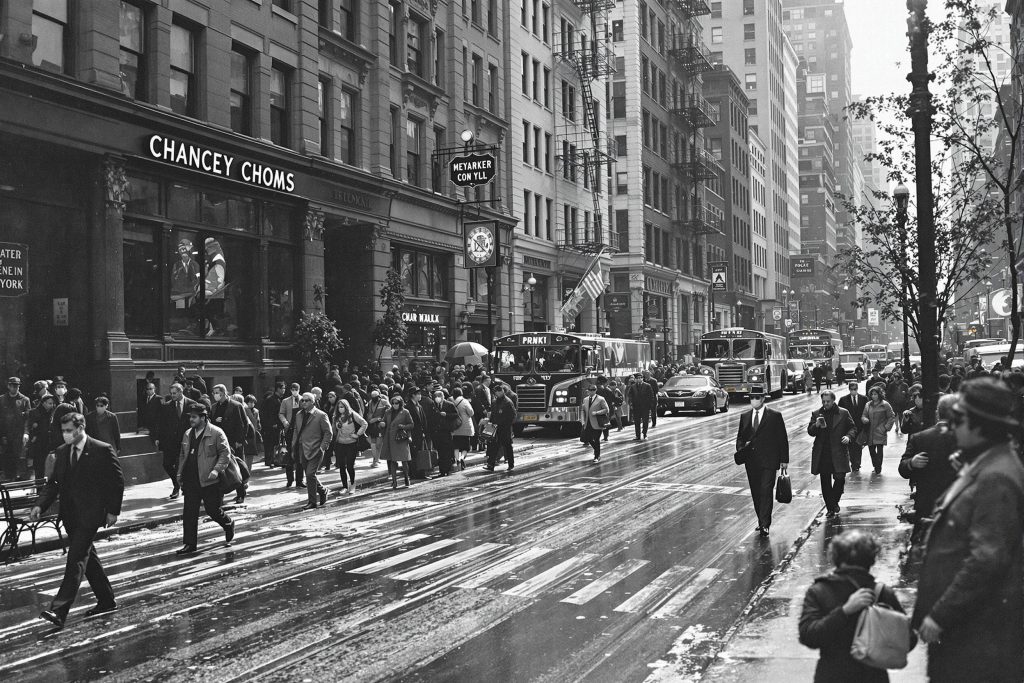
New York City’s history dates back to the early 17th century, when it was first settled by the Dutch in 1624 and named New Amsterdam. Located on the southern tip of Manhattan Island, the Dutch established a trading post and fortified settlement, taking advantage of the strategic location along the Hudson River. New Amsterdam quickly grew as a hub for trade, particularly in furs, due to its proximity to European markets. The colony’s early history was marked by a mix of Dutch settlers, Indigenous peoples, and African slaves who were brought to work in the colony.
In 1664, the English seized control of New Amsterdam, renaming it New York in honor of the Duke of York, who would later become King James II of England. Under English rule, New York grew rapidly, becoming a major port and commercial center. The English introduced a new system of governance, and as the population expanded, the city became a melting pot of various cultures, with settlers from Europe, African slaves, and Indigenous peoples contributing to its diversity. New York was pivotal during the American Revolution, serving as a major base for British forces, before being captured by the Continental Army in 1783.
In the 19th century, New York City experienced a period of rapid growth and transformation. The construction of the Erie Canal in 1825 connected the city to the Great Lakes, opening new trade routes and cementing New York’s role as the nation’s commercial and financial center. The city’s population swelled with the arrival of millions of immigrants, particularly from Ireland, Italy, and Eastern Europe, who sought better opportunities in the booming metropolis. This influx of immigrants led to the establishment of neighborhoods such as Chinatown, Little Italy, and Jewish Lower East Side, all of which contributed to the city’s rich cultural fabric.
During the late 19th and early 20th centuries, New York continued to evolve as an industrial powerhouse, with the construction of iconic buildings like the Empire State Building and the Brooklyn Bridge, signaling its rise as a global city. The growth of industry was accompanied by stark inequalities, with extreme poverty existing alongside the city’s immense wealth. This period also saw the rise of labor movements, which sought better working conditions for the city’s growing population of factory and sweatshop workers.
The 20th century saw New York City solidify its status as a global cultural, political, and economic center. It became a hub for the arts, with the rise of jazz, Broadway theater, and modern art movements. The city also saw key moments in history, such as the construction of the United Nations Headquarters in 1947, and the devastating 9/11 terrorist attacks in 2001. New York has always been a beacon of diversity and opportunity, attracting people from around the world to create one of the most dynamic, influential cities in history. Today, it remains a global leader in finance, culture, technology, and education, continuously shaping the future while honoring its rich and complex past.

HERE New York strives to provide the finest deals, products, and experiences in your local community. It’s all RIGHT HERE, and it’s all LOCAL.
If you notice something that you believe should be here, please let us know. And you’ll notice it soon HERE!
© Copyright 2025, HERECity.com